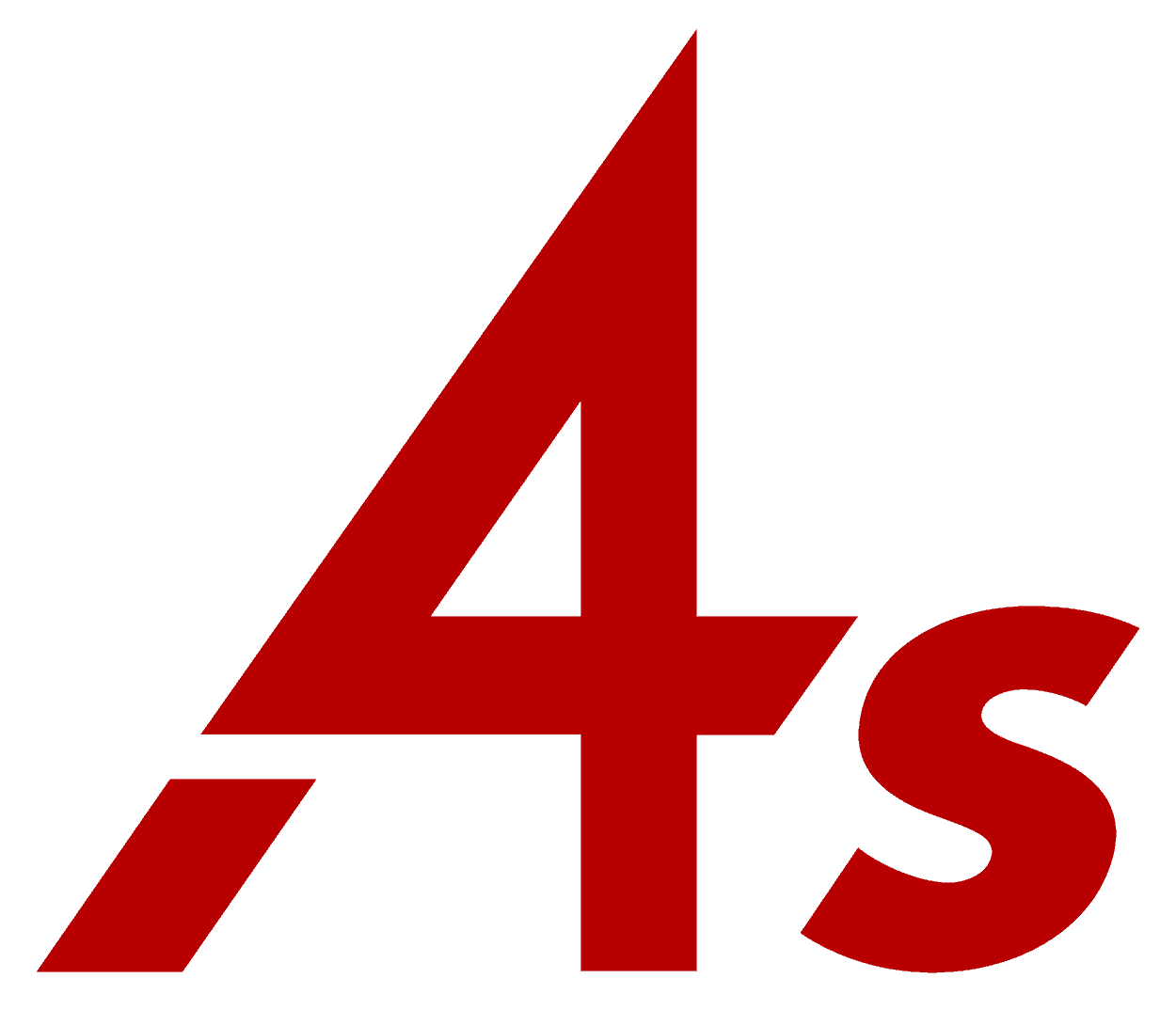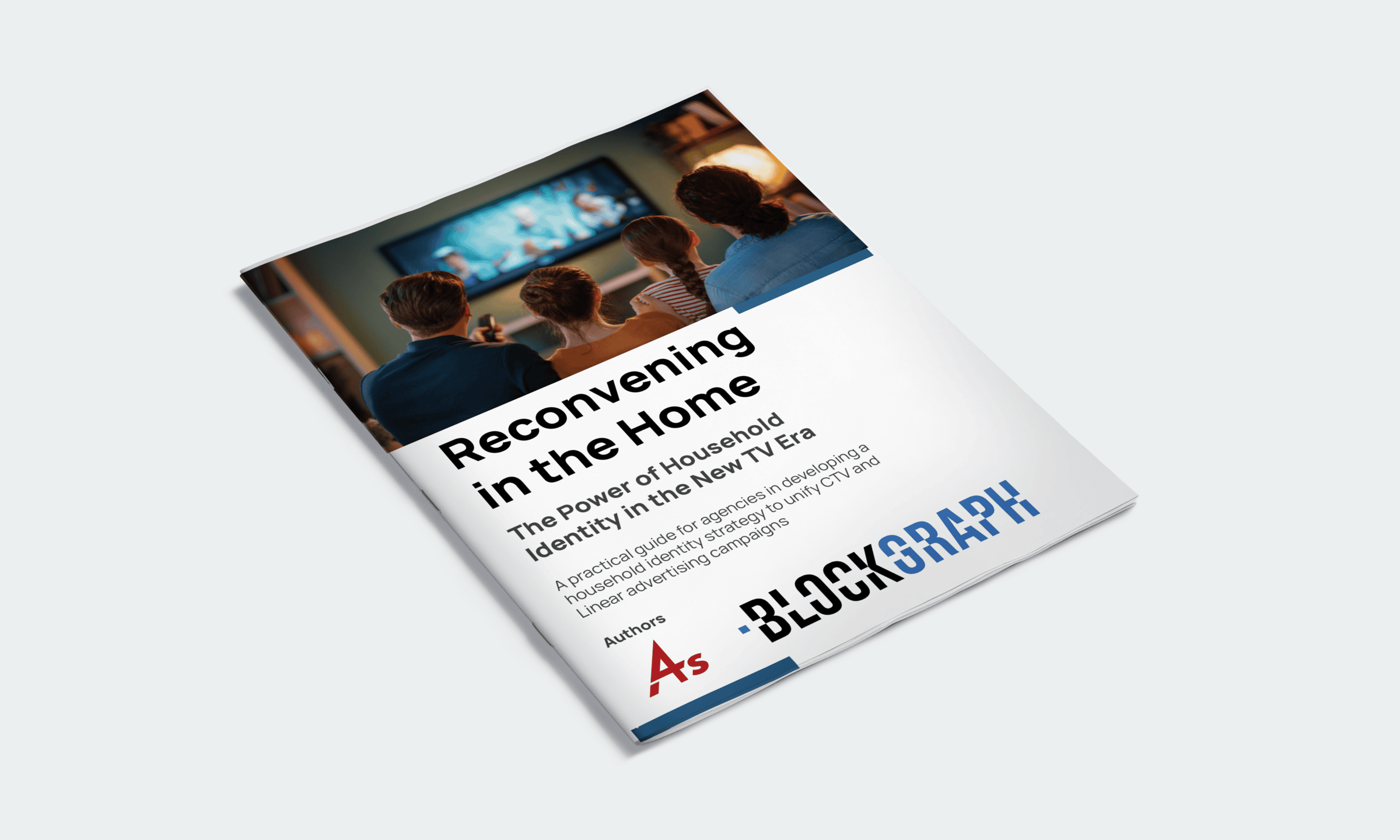Author
Steve Nicklin
Senior Vice President of Marketing & Analytics, OAAA
Topic
- Media
- Media Planning and Buying
- Out of Home
Discipline
- Digital
- Media
- Strategy
The Super Bowl remains a pinnacle of advertising, but in today’s fragmented media landscape, a single 30-second spot is no longer enough to ensure lasting consumer engagement (and maximum ROI). As we look towards Super Bowl LIX in 2025, advertisers should reconsider traditional strategies. One such alternative, Digital Out of Home (DOOH), has emerged as a smarter, longer-lasting alternative to the beloved Super Bowl spot. Here’s why:
The Changing Media Landscape
The traditional 30-second Super Bowl spot, while still impactful, is no longer sufficient to ensure lasting consumer engagement. Today’s fragmented media ecosystem demands a more comprehensive approach. With younger audiences like Gen Z consuming content across streaming, social media, out of home (OOH), and connected TV, brands must go beyond traditional TV ads to make a meaningful impact. The shift to streaming is further disrupting traditional Super Bowl advertising and viewing patterns, with platforms like Paramount+ offering new opportunities for interactive and targeted ads.
The DOOH Advantage
DOOH offers a compelling alternative to traditional Super Bowl advertising at the same cost. Recently, Place Exchange’s PerView solution analyzed a $7 million DOOH campaign, showing how a month-long DOOH plan outperforms transitory Super Bowl exposure. Advertisers investing $7 million in DOOH can achieve:
- Almost 1 billion impressions (929,407,658) across 25 top U.S. markets.
- 80%+ average reach and frequency of 7+ across these markets over four weeks.
- An impressive $7.49 CPM, making it a cost-efficient choice for high-impact campaigns.
Thus, for the same $7 million spent on a fleeting 30-second Super Bowl spot, DOOH delivers 7.5X greater reach and 10X better CPM value, offering unmatched impressions and cost efficiency in the top 25 U.S. markets.
Consumer Behavior and DOOH
Research indicates that DOOH resonates strongly with consumers:
- 73% of consumers view DOOH ads favorably, surpassing TV, social media, and online ads.
- 76% of consumers say a DOOH ad recently prompted them to take action.
- 74% of mobile device users acted on their devices after seeing a DOOH ad.
In addition, OOH has the highest levels of ad recall among major media, at 86% versus 60% for linear TV and 72% for streaming.
Omnichannel Strategy for Super Bowl LIX
Of course Super Bowl ads are still a major brand moment, but to maximize their impact and investment, brands should consider an integrated, omnichannel approach, one that utilizes DOOH in pre-game buildup, complements TV spots with real-time DOOH updates and continues the conversation post-game to reinforce key messages and leverage big game moments. Savvy brands can also incorporate social media elements in DOOH ads to increase online brand engagement, especially among younger fans.
For instance, during Super Bowl LVIII, FanDuel used DOOH to promote their “Kick of Destiny 2” campaign featuring Rob Gronkowski. They displayed the same creative used in their TV commercial on digital billboards in the days leading up to the event, engaging fans with a $10 million bonus wager giveaway.
Brands like Pringles, Hellmann’s Mayonnaise and VolksWagen also incorporated OOH references into their storytelling last year, while Avocados From Mexico took over a billboard in Times Square to promote their 2023 Super Bowl spot.
The Future of Super Bowl Advertising
As we approach Super Bowl LIX in 2025, advertisers must adapt to changing consumer behaviors and media consumption patterns. While the Super Bowl remains a significant cultural event, the way people engage with it is evolving. DOOH offers a compelling solution to these challenges, providing sustained engagement, measurable impact, and unparalleled reach.
By embracing DOOH as part of a comprehensive Super Bowl strategy, brands can extend their message beyond the 30-second spot to get the most bang for their buck.
—

Steve Nicklin provides OAAA members, ad agencies and advertisers with marketing insights and trends, oversees the OAAA marketing research function and analyzes ad spend performance of the OOH industry. Prior to joining OAAA in 2013, his career encompassed marketing leadership in the cable TV, radio and retail sectors.





